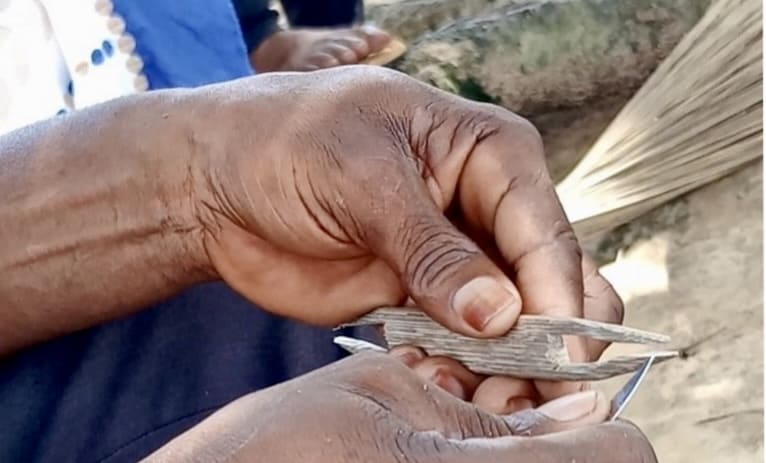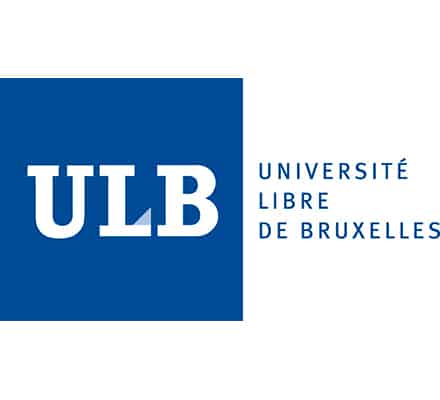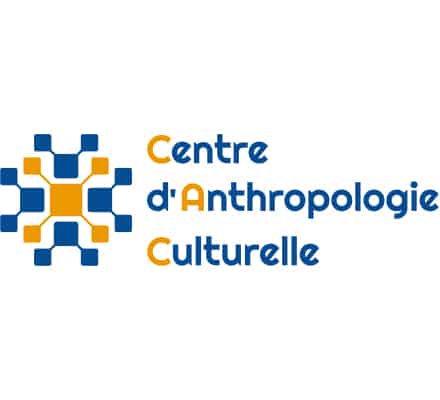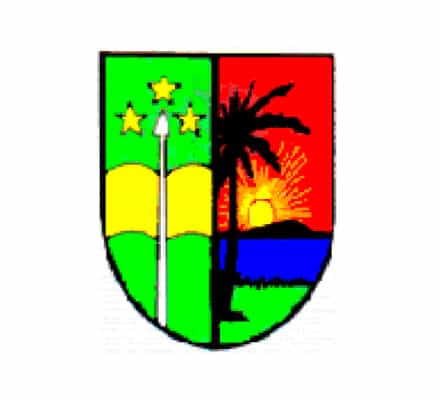Names used in the text are pseudonyms. Terms in italic are emic expressions, and if not in French they are in KiLokele.
It’s Saturday, 19 August 2023 at 1pm in the centre of Banalia, one of the six territorial capitals of the Tshopo province, located 128 km north of Kisangani. We are in the Bodia neighbourhood, about thirty metres from the river Aruwimi, where we meet Mr Richard Batiale, who identifies himself as a 37-year-old Lokele fisherman. He grew up in the territoire of Isangi on the left bank of the Congo River, about 132 km downstream from Kisangani. Richard is hence not a native of Banalia. When he arrived here 13 years ago, he could have travelled by river, taking the Congo as far as the confluence called Tindaito, after the village near Basoko (180 km), where the Aruwimi River meets the Congo, and then up the Aruwimi to Banalia (395 km). But as he had relatives in Kisangani, he arrived in Banalia by road, following his uncle who had already discovered the area’s fish-filled waters.
His compound, where we are now, is just a few metres from the river. Shortly after we arrived, Richard went to a neighbouring plot belonging to his Lokele kinsman, on the other side of the road, to continue weaving a net that he had started before we arrived.

He returns to a plastic chair under one of the mango trees in the plot. Two smaller children are sitting on the ground playing, and three boys – his son Samuel and his nephews Joël and Etienne – are also sitting on plastic chairs under the same mango tree, watching what their old man is doing.
Papa Richard takes a bag in which he keeps all the materials he uses to weave his nets. He takes out a spool of thread (tokulu) and two shuttles that he calls ichwaki in the Lokele language. He realises that these shuttles have aged and are no longer sturdy enough, and, given my interest in local craft and fishing gear, he decides to make a new one. He takes a few Francs out of his pocket and sends his nephew Etienne to the shop to buy him a new likembele knife. He selects a piece of bamboo (esei ya litete) from the space next to it, where rubbish and cut grass (liala) are thrown. He takes a machete (bopanga) from inside the house and returns to sit on his chair. Using the machete, he tears the bamboo he has collected into five pieces.
With a knife in his right hand, Papa Richard draws measurements on one of the pieces of bamboo and begins to cut it from the outside in, using the new knife that his nephew has just brought.
Once his shuttle is ready, he takes the thread (tokulu) that was on a spool and winds it completely around his shuttle. Now he heads for the mango tree trunk on which the net (wengo) is hung to begin weaving. The task is so familiar to him that telling me about other fishing gear he uses is not a distraction.
This includes Chinese nets called invisible, which are bought from the shop: as they are woven from very fine threads, the fishermen think that it is easier to catch fish using these invisibles because the fish cling to them without seeing or knowing that they are trapped, which is not so easy with nets with thicker threads, such as the wengo he is weaving.
In the Boa language, which is spoken in the Kole area not far from Banalia, this more traditional net is called ndukanduka (catch-all) because it “catches everything” in its path, fish or not. This ndukanduka net is not suitable for a single species of fish.

While Papa Richard is carving his shuttle out of bamboo, Etienne observes and Samuel and Joël debate. At around 4pm, Richard stops because “the weaving is coming to an end. Now it’s time to prepare the fishing weights (tokoko) that I’m going to place on the net next week. And as I don’t have enough tokoko left in my stash here, I have to make some new ones”. A happy coincidence for me, as I’m interested in the process of making these things!
To make tokoko, Papa Richard extracts a quantity of clay (mbiti) from the soil in the yard. From the roof of his house, he pulls a piece of reed that he calls eseiya bokondé and takes the knife with which he cut his shuttle.

He then goes to the neighbouring plot, located diagonally from where we are, to get some palm oil (baita ba mbila), which he places on a small plastic cap, and returns under the mango tree.
Sitting in his chair, he takes the clay in his hands and gradually adds a small amount of palm oil. He mixes the clay until it is homogeneous and gives it an oval shape. Finally, he uses the bokonde to make a hole in the clay. Using the knife, he then cuts off the ends of the tokoko and removes the bokonde, before placing the tokoko on the ground. Once he has made several of them, he lays them out in the sun to dry, after which they are baked. The next day, Sunday 20 August 2023, a large number of tokoko are at the drying stage, before being fired.
(Thanks to Peter Lambertz for the English translation, and to Liz Kujath for proofreading the English)







